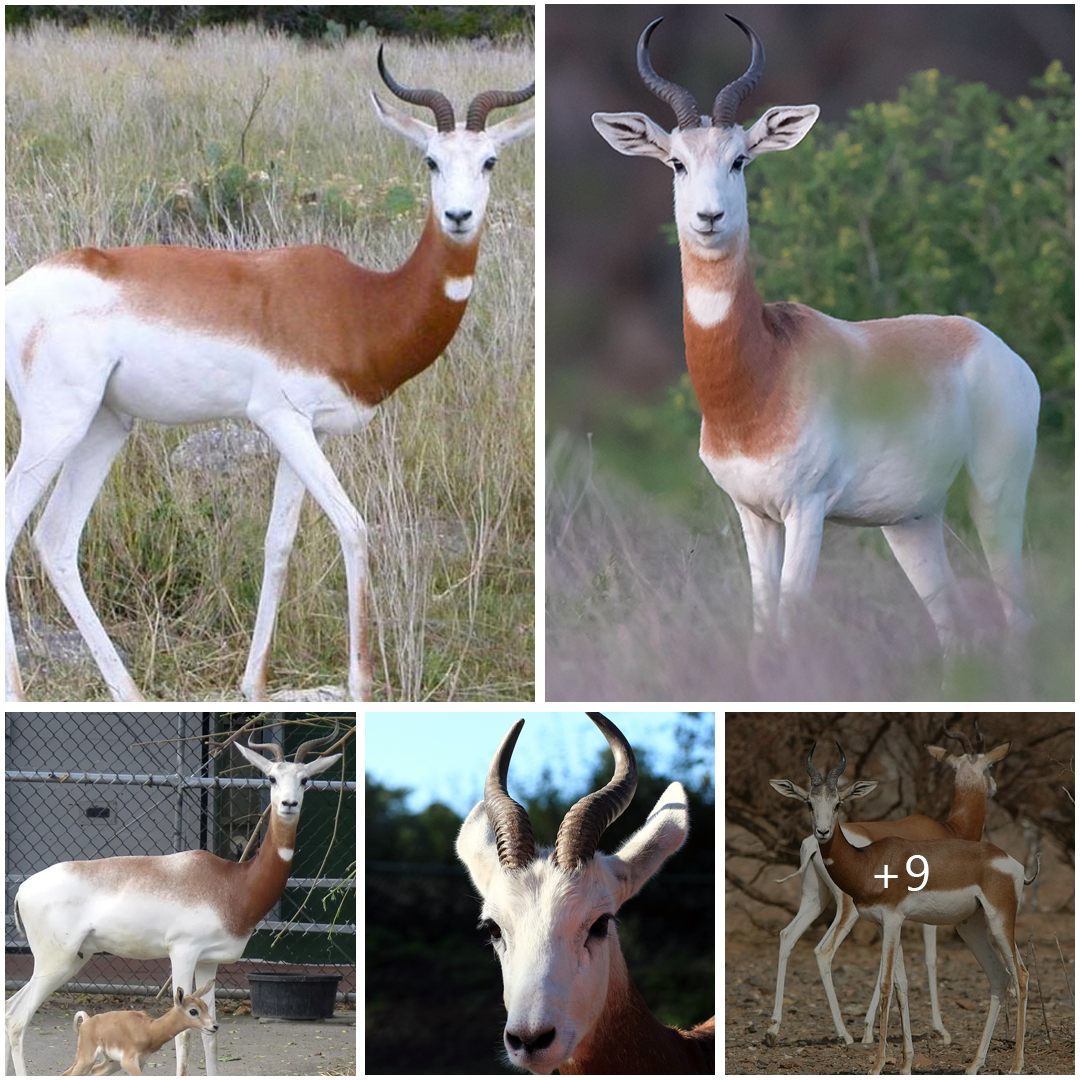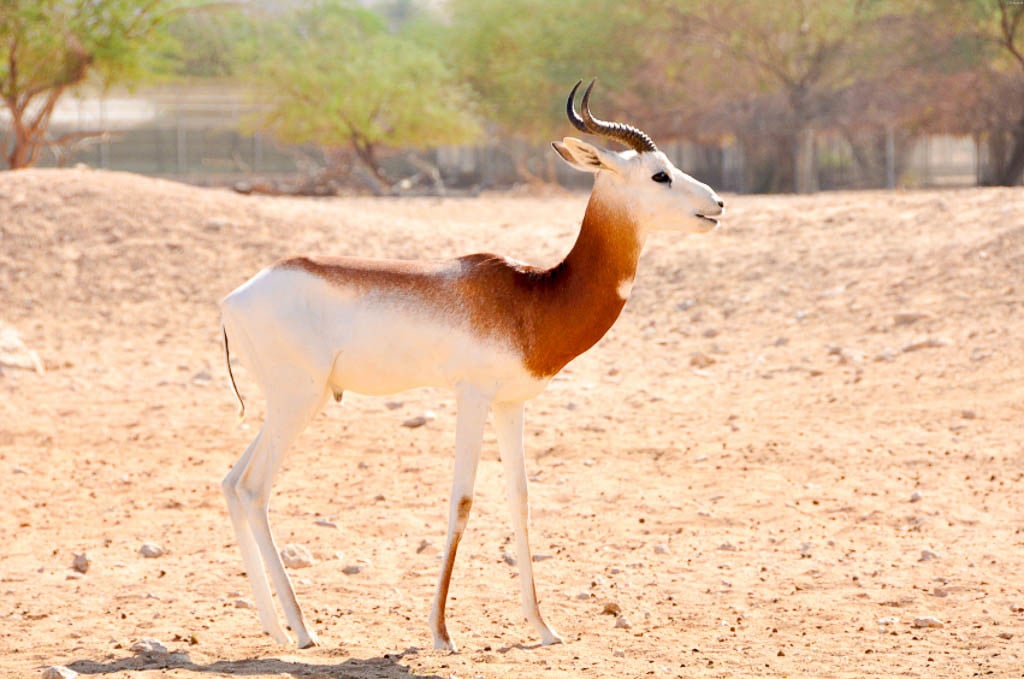
The Dama Gazelle: Icon of the Sahara’s Endangered Ecosystem
The Dama Gazelle (Nanger dama) stands as a symbol of grace and resilience in the harsh desert landscapes of North Africa. With its elegant appearance and remarkable adaptations to desert life, this endangered species serves as a crucial indicator of the health of the Sahara’s fragile ecosystem. In this article, we delve into the characteristics, habitat, behavior, and conservation status of the Dama Gazelle.
Appearance: The Dama Gazelle is distinguished by its slender build, long legs, and graceful movements, making it well-suited for traversing the sandy expanses of the Sahara Desert. It has a pale sandy coat, with white underparts and distinctive markings on its face and flanks. Both males and females possess long, lyre-shaped horns, though those of males tend to be larger and more robust.
Habitat: Dama Gazelles are primarily found in arid and semi-arid regions of North Africa, including Mauritania, Mali, Niger, Chad, and Sudan. They inhabit a variety of habitats within these areas, ranging from sandy deserts and gravel plains to scrublands and savannas. Despite the harsh conditions of their environment, Dama Gazelles have adapted to survive on sparse vegetation and access to water sources.

Behavior: As herbivores, Dama Gazelles feed on a diet consisting mainly of grasses, leaves, and desert shrubs. They are well-adapted to conserve water, capable of surviving for extended periods without drinking by obtaining moisture from their food and metabolic processes. Dama Gazelles are social animals, forming small groups known as herds or harems, typically consisting of one dominant male, several females, and their offspring.
Threats and Conservation: The Dama Gazelle faces numerous threats to its survival, primarily due to habitat loss, poaching, and competition with domestic livestock for resources. Human activities such as overgrazing, agricultural expansion, and infrastructure development have led to the degradation and fragmentation of their natural habitat, reducing the availability of food and shelter. Additionally, illegal hunting for meat and trophies has further depleted Dama Gazelle populations.
Conservation efforts aimed at protecting the Dama Gazelle and its habitat are underway, including the establishment of protected areas, community-based conservation initiatives, and efforts to combat poaching and illegal trade. However, despite these efforts, the species remains critically endangered, with populations continuing to decline rapidly.

In conclusion, the Dama Gazelle represents a poignant reminder of the fragility of the Sahara’s ecosystem and the urgent need for conservation action to safeguard its future. By addressing the root causes of habitat loss and degradation, enforcing anti-poaching measures, and promoting sustainable land management practices, we can ensure that future generations will continue to marvel at the beauty and resilience of this iconic desert species.





